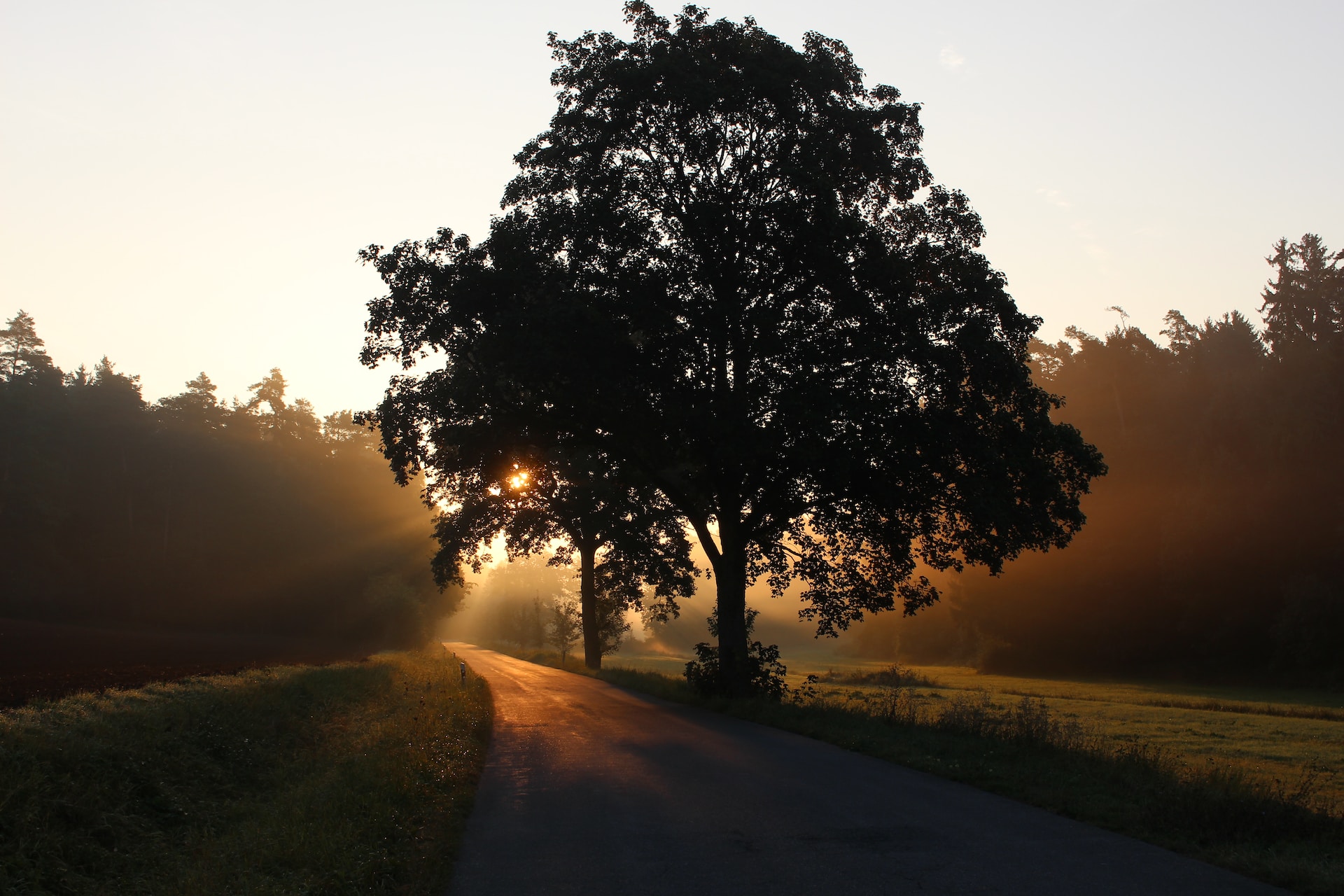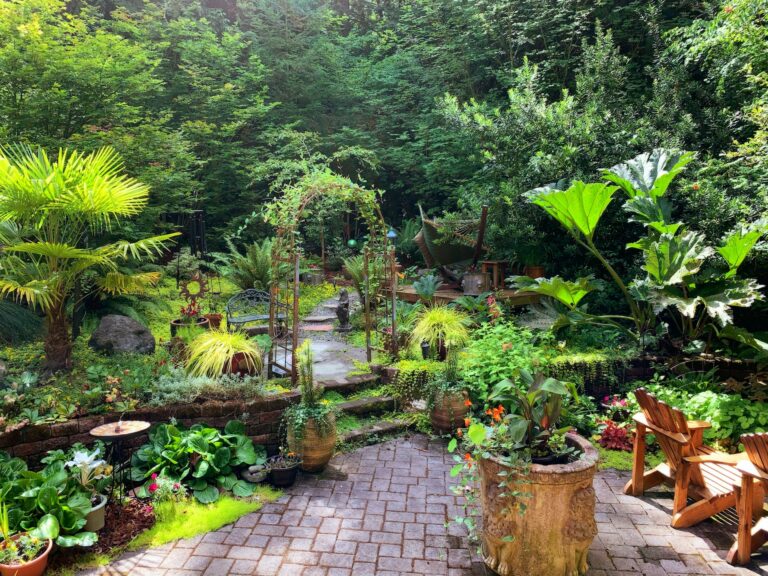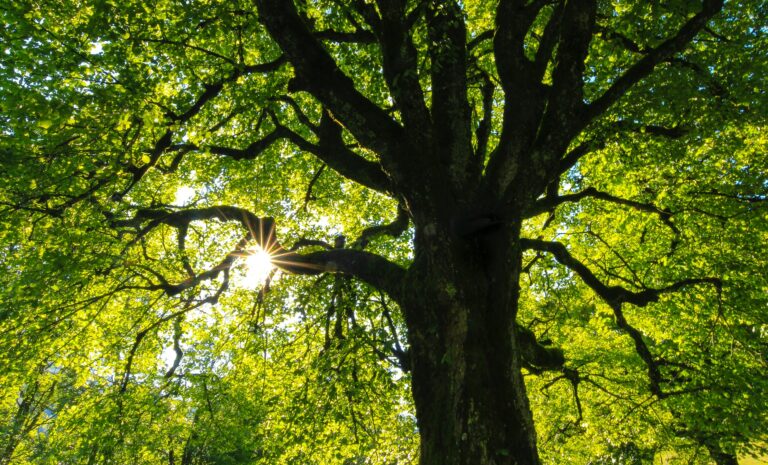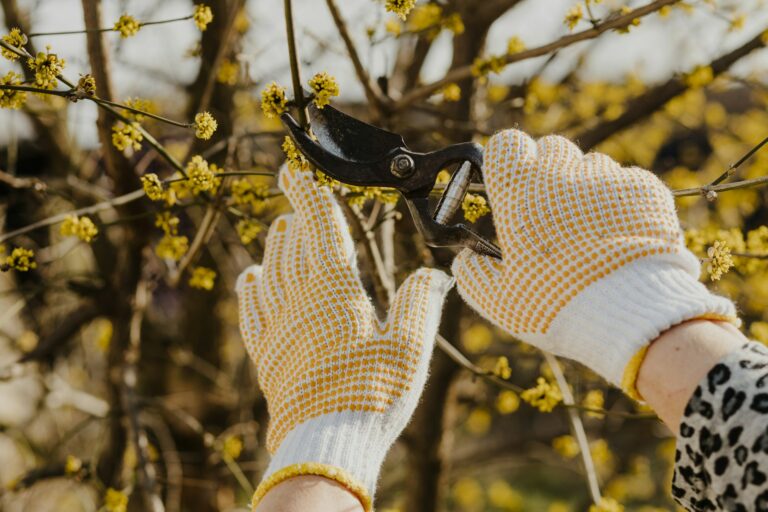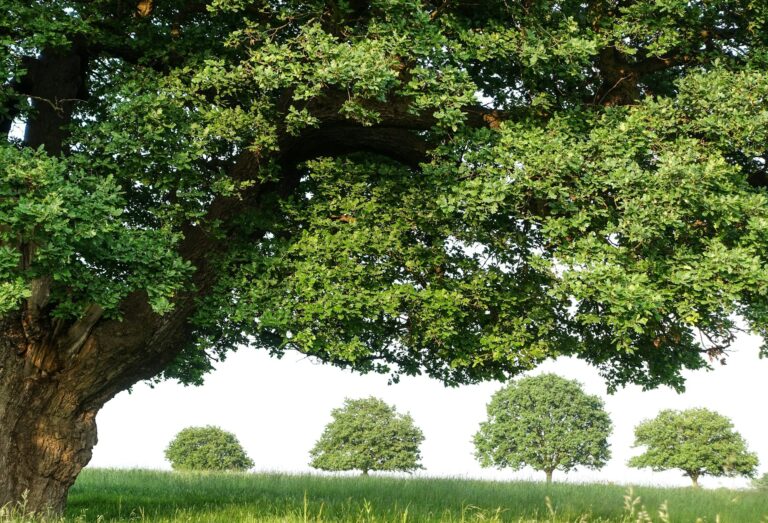The Ultimate Guide to Proper Tree Care in Rock Hill, SC
Are you a resident of Rock Hill, South Carolina, looking to enhance the beauty of your property with well-maintained trees? Look no further! Our Ultimate Guide to Proper Tree Care in Rock Hill has got you covered. We understand that the local climate and soil conditions can play a significant role in the wellbeing of your trees. That’s why we’ve created this guide to provide you with expert tips and advice to nurture and protect the health of your beloved native tree species.
In this guide, we’ll explore the various factors that influence the growth and wellness of trees in Rock Hill, and offer practical solutions for common landscaping challenges. We’ll discuss crucial tree care practices, such as proper watering, pruning, and pest management – tailored specifically to the Rock Hill environment. By following the insights shared in this guide, you’ll be well-prepared to create a stunning landscape that will not only turn heads but also boost your property’s value. So, let’s dive into the world of Rock Hill tree care and set the stage for a thriving, picturesque outdoor space!
Watering: The Key to Promoting Healthy Tree Growth in Rock Hill
A consistent watering schedule is essential for maintaining the health and vigor of your trees. In Rock Hill, South Carolina, the annual rainfall is approximately 47 inches, which is slightly above the national average. However, during times of drought or below-average rainfall, supplemental watering may be necessary to keep your trees in optimal condition, especially newly planted ones.
When watering your trees, it’s crucial to avoid overwatering or underwatering. As a rule of thumb, provide around 10 gallons of water per inch of tree diameter, slowly and deeply in the root zone area, every 7-10 days during dry spells or periods of high heat. Be sure to monitor soil moisture to ensure it remains moist but not waterlogged. A simple trick is to insert a screwdriver or soil probe into the ground; if it penetrates easily, the soil is moist enough.
Soil Conditions: Nurturing the Perfect Environment for Your Trees
Rock Hill’s soil mainly consists of red clay, which can be challenging for tree growth. Clay soils drain poorly, compact easily, and have limited aeration – factors that can negatively impact root development. Nevertheless, with the right soil amendment techniques, you can enhance the quality of your soil and create an ideal environment for your trees to thrive.
To improve Rock Hill’s clay soil, consider incorporating organic matter, such as compost or well-aged manure, into the soil before planting. This will help enhance drainage, aeration, and nutrient availability. You can also add mulch around the base of trees to retain moisture, regulate soil temperature, and suppress weed growth. Remember to leave a gap of a few inches between the mulch and the trunk to reduce the risk of pests or diseases.
Native Tree Species: Choosing the Right Trees for Your Rock Hill Landscape
Selecting trees native to South Carolina and well-adapted to Rock Hill’s terrain, climate, and soil conditions provides an excellent foundation for a thriving landscape. Native trees are more likely to withstand local diseases, pests, and weather extremes, requiring less maintenance in the long run. Some popular native tree species to consider for your Rock Hill landscape include:
1. Southern Live Oak (Quercus virginiana): This large, sturdy oak tree is celebrated for its picturesque form, sprawling branches, and impressive size. It provides ample shade and is exceptionally drought-tolerant, making it an excellent choice for Rock Hill gardens.
2. Eastern Redbud (Cercis canadensis): With its vibrant pink or purple flowers that bloom in early spring, this small deciduous tree adds an eye-catching pop of color to any landscape. Eastern Redbuds do well in a variety of soil types, including clay, making them a suitable option for Rock Hill residents.
3. Bald Cypress (Taxodium distichum): Adaptable and easy to maintain, the Bald Cypress thrives in wet and dry conditions alike. This deciduous conifer boasts attractive, needle-like foliage that turns a captivating burnt-orange hue in the fall, making it a standout choice for year-round beauty.
Pruning Techniques and Benefits: Shaping Your Trees for Optimal Growth
Proper pruning is integral to maintaining healthy tree structure, form, and vitality. By removing dead, diseased, or damaged branches, you can prevent the spread of diseases, promote new growth, and reduce potential hazards. Remember to prune your trees with care and precision, adhering to the following recommendations:
1. Prune young trees lightly for the first two years to allow for proper establishment and root development.
2. Remove branches that cross or rub against each other, as these might cause wounds that are vulnerable to disease or pests.
3. Retain a balanced canopy that facilitates natural sunlight penetration and air circulation, helping to prevent diseases and promote photosynthesis.
Safety First: Identifying and Addressing Tree Hazards
Inspect your trees regularly for signs of disease, pest infestations, or structural problems. Keep an eye out for cracks, decay, hanging branches, woodpecker damage, or sudden leaf drop – all of which may indicate an underlying problem. If you suspect your tree is at risk, we recommend contacting a certified arborist to conduct a professional assessment and provide guidance on corrective measures.
In addition to identifying potential hazards, proactive tree care includes ensuring that your trees are well-anchored to withstand storms and high winds. To achieve this, ensure a strong tree structure from the outset by planting trees with well-developed root systems and central leaders. Proper pruning and maintenance throughout the tree’s life can also mitigate potential storm damage or breakage.
By implementing these strategies and tailoring tree care to Rock Hill’s specific conditions, you can cultivate a vibrant, healthy landscape that enhances your property’s beauty and value. Caring for your trees not only provides aesthetic and environmental benefits but also ensures the safety of your family and property. Embrace the joy and satisfaction of nurturing a flourishing landscape that will provide joy for generations to come.
The Niwaki Tree & Shrub Difference
Proper tree care is paramount to maintaining a healthy, beautiful, and safe outdoor space in Rock Hill, South Carolina. With the right techniques and attention to local climate and soil conditions, you can ensure the longevity and vitality of your cherished trees. However, navigating the complexities of tree care can be a daunting and time-consuming task for a property owner.
That’s where Niwaki Tree & Shrub comes in – our team of tree experts in Rock Hill, SC is committed to guiding you through every step of the tree care journey and providing tailored solutions to meet your landscape’s unique needs. With unparalleled professionalism and dedication to the Rock Hill community, you can trust our five-star services to keep your trees safe, healthy, and well-maintained.

